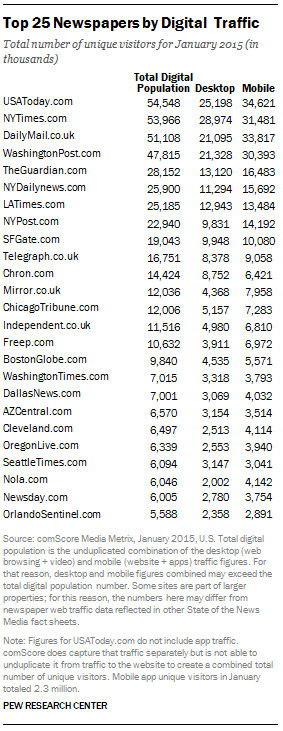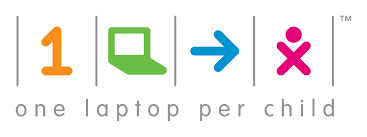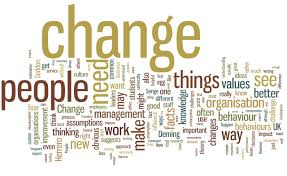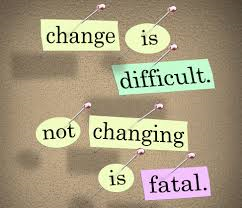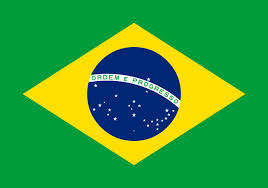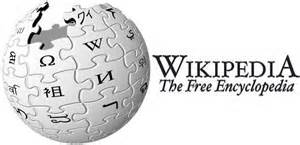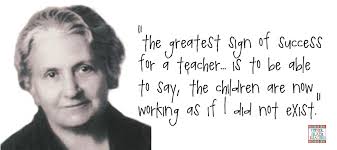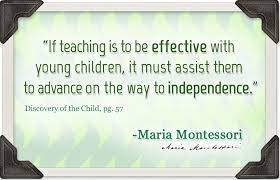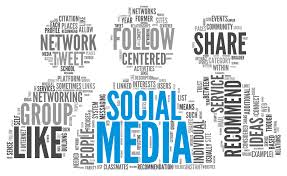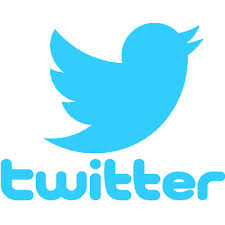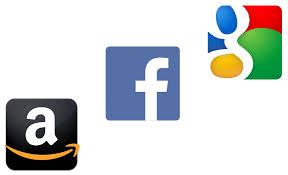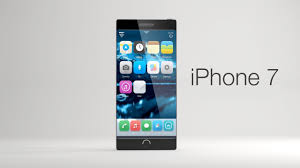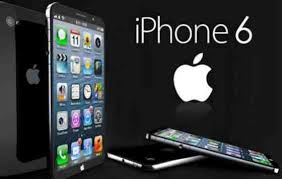Future of Journalism: Charting the Course
The predictions made decades ago by whom we would call “futurists” today are already a reality. The readings and videos prompt us to engage in analysis and discussion for the last two weeks over digital media and its issues. As the Internet gave way to the World Wide Web and to the revolutionary changes in mindsets and technology, we look into today and tomorrow. Media consumers and technology users specify how they will consume the news, when and where and for how many seconds…if they don’t zap you before. The first assertion is to recognize that the past is past…and it’s a new era! Move on!
Moving ahead, adapting, adopting, supporting, converging systems and methods, creating and facilitating the changes are of utmost relevance in today’s education system not only at the Schools of Journalism in our country but earlier at primary elementary levels. The pre-schoolers of today are already the users and consumers of information through games and lessons presented to them on sturdy and unbreakable LeapFrog tablets. These children are tomorrow’s students, consumers of news, users of all the new technology and the creators of content. But we are talking about today.
Role of Data and Programming in Journalism
According to the American Press Institute (API) report “Journalism in the Age of Data” visualization should be democratized and data should be accessible to all. Data sources are abundant collected with the expertise in geography, environment, climate, economics, crime, and education–Data.org and USCensus.gov are two just to name a few. Journalists can use the data by explaining what it means and why it’s important to learn about it through visualization–the strongest learning sense humans possess. Excellent examples of media actively involved in owning and producing data visualization are The New York Times with Amanda Cox, known as the “Queen of InfoVis,” the Washington Post, Texas Tribune, BBC and MSNBC, Brazil’s Editora Globo, and Paris Le Monde. Sophisticated charts and neighborhood maps that move and pop, that flow and ebb with colors in all hues provide a four-year deficit projection framed within a historical context, or the US jobless rate, or the United Kingdom fatalities in Afghanistan and Iraq. Whatever you think you know about the world will change with what you see and witness in front of your eyes. Data visualization is a tremendous tool for reporting and learning. Graphic artists and journalists unite their visual, analytical and storytelling narrative capabilities to explore and integrate with a common purpose–inform, educate, share. New technology platforms–Java, Adobe Flash–emerge well as tools and templates that help to program in the newsrooms or in the content builders environments. Vampire Energy and Crisis of Credit data visualization (Jonathan Jarvis 2009) are two of the best examples developed to ease the process of understanding on the great depression and the energy crisis–both affecting millions of people in the US and the world.
A second API report in 2015 titled “A culture based strategy for creating innovation in news organizations” refers to:
“Innovation is a product of culture. … Relatively small changes to an organization’s processes and structure can have magnified effects on its culture, which in turn can enable vital innovation in news organizations.”
As in any organization, enablers and stiflers are part of the innovation process. Often referred to as tribal behavior, human resources departments come to the rescue to recommend culture of change or change management–both theories are part of the strategic communication process. Best practices and ideas are part of the process where the mindset may or may not be changed. Among the findings in the process it is stated that:
“Tribes can be a powerful, and potentially positive force.”
Or not, as this case study in The Chronicle of Philanthropy discusses with Dr. Kentaro Toyama, former Microsoft researcher who co-founded Microsoft Research India 2004 and is the author of the book Geek Heresy (Fig. 1). Dr. Toyama applies the theory of amplification to technology discusses how it is not a panacea to save the world in all cases. The existing tribal behaviors in non tech accessible locations may hinder the process of learning and development more than advance it. The limited mindset prevails. This work connects with Everett Rogers “Diffusion of Innovation” where he analyzes five characteristics of innovation as relative advantage, compatibility, complexity, trial-ability and observability. The social system, or tribe, and its adopters’ characteristics determine the innovation’s future. The two-year water boiling educational campaign in a Peruvian village is a case in point.

Figure 1: Book title: Geek Heresy, Rescuing Social Change from the Cult of Technology Author: Kentaro Takama, Ph.D.
BuzzFeed and Facebook are showing how cross networking works by sharing and making content the way users/consumers want it. The role of data and processing in journalism today is best shown with this example. A win-win situation for all: good experience for the user, insights and analytics integrated for analysis on user data and return on investment for the brave ones. As Wired (2014) reported, “BuzzFeed is the Apple of media and the rest is Microsoft.” 
In API’s 2015 report of Best Practices, innovation is defined as “the process of bringing new practices, culture and products alive within an organization to preserve core values but to serve them in radically new ways.” An excellent example is the Russ family in Austria with businesses in Germany, Hungary, and Romania. See brands below. Russ’ leadership is defined as transformational and when analyzed, the theory of disruptive innovation is applied. In other words, this leader “took the bull by the horns” and implemented change wholeheartedly–products, services, data, and processing.

The role of data and processing in journalism is clearly delineated in three works included in module 8; they are the Data Journalism Handbook; Cindy Royal and Dale Blasingame’s Data Journalism: An Explication, and Cindy Royal’s Social Media and News as User Experience, Revisited, Chapter 12, in The Future of News. These pieces are positive, firm in their analysis and specific in trends and needs described, and lastly, very clear in the objectives being pursued. By themselves I believe that the course for data and programming in journalism is charted.
News media is a category in business and as such it should be treated. Same applies to journalism schools–they are academic institutions that should be managed with business goals in mind in order to maintain relevance within society’s needs. Marc Andreessen refers to the future of news business as a monumental Twitter stream all in one. You get the picture! The “softer” side is that of philanthropy attained through the likes of independent non profit newsrooms Pro Publica and First Look Media among others.
I came across an article yesterday that I want to share with you. It interested me because it embodies the desire of improvement and learning at all levels and in all areas by peer PRSA member and educator, Marcia Di Staso. Enjoy!
Journalism Schools: Adapt or bust? … and, how?
CUNY Graduate School of Journalism is an excellent example of how schools are adapting by embracing the innovations. Both data and programming are important elements in the curriculum developed for the social media program that started in January 2015.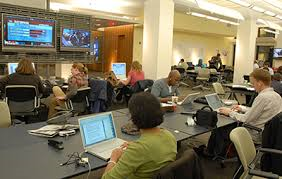

Columbia University’s Tow Center for Digital Journalism is also ahead of its times. The Knight Foundation funded the report Above and beyond: Looking at the future of journalism education. It provides a detailed analysis of the current situation in the news and information environments recognizing that they live and breathe in a digital ecosystem. Results specifically underscore the journalism programs challenge by the tenured system. Reinforces the fact with a 2013 Fidelity Investment study about full-time faculty age versus time of retirement. The report concludes with a strong recommendation for the creation of a non traditional J-School. Among the guiding principles are currency as the new core value, faculty cannot teach what they do not know, and that accreditation standards should value educational outcomes rather than institutional traditions.
Dr. Royal’s position on J-Schools curriculum and skills is totally accurate, timely and relevant. “Communication is technology and technology is communication” she asserts leading readers through a thought-provoking piece which ends with ten poignant questions– a discovery path for those of us who aim to be better and more involved educators and permanent students in life.
Legacy institutions of higher learning are slow to adopt even when there are exceptions. I believe that it’s in their nature. But the J-Schools alone are not the ones to issue recommendations. The responsibility lies with the trustees, the university system, the administration, donors, alumni, faculty and ultimately the students and their parents who respond to the offering. It’s all related. It’s a business formula based on offering and demand; and, on demand and offering. A financial analysis of U.S.’s J-Schools already adapting to digital media innovations could provide additional input in the discussion as well as provide financial numbers that could facilitate a more rapid adoption.
A suggestion is to research and analyze data of graduated students from J-Schools with Digital/Data Journalism and Social Media programs and who are already professionals in the field of journalism reporting and content development. How useful was it for them? From their learnings and experiences improvements may be recommended and integrated to the use development of new tech tools.
Another question I ponder is: are the young J-Schools mobile users and news consumers more educated on current events, society issues, politics and culture because they are connected to more platforms and longer during a normal day? Are we witnessing it in our J-Schools with our present student body?
As the Knight Foundation report indicated, faculty need to know in order to teach, however, realistically speaking all the faculty we have now in our J-Schools cannot be magically trained. The human process takes time to adapt and adopt. A suggestion could be to do it in phases with new faculty and professionals working side by side and hand in hand inside the classroom and out. They can both learn from each other and increase the abundant knowledge-offering instead of cancelling one out by elimination.
My last suggestion is for the J-Schools to partner with the tech software and hardware companies and the media conglomerates that have vested interests in further developing their business. It’s key for them to have a skilled and prepared work force that understands our present and our future. The role of the journalist helps advance the participatory democratic form of government we now have. Let’s think carefully how their role is upheld, preserved, and enhanced with transparency and trust from all academic institutions.





